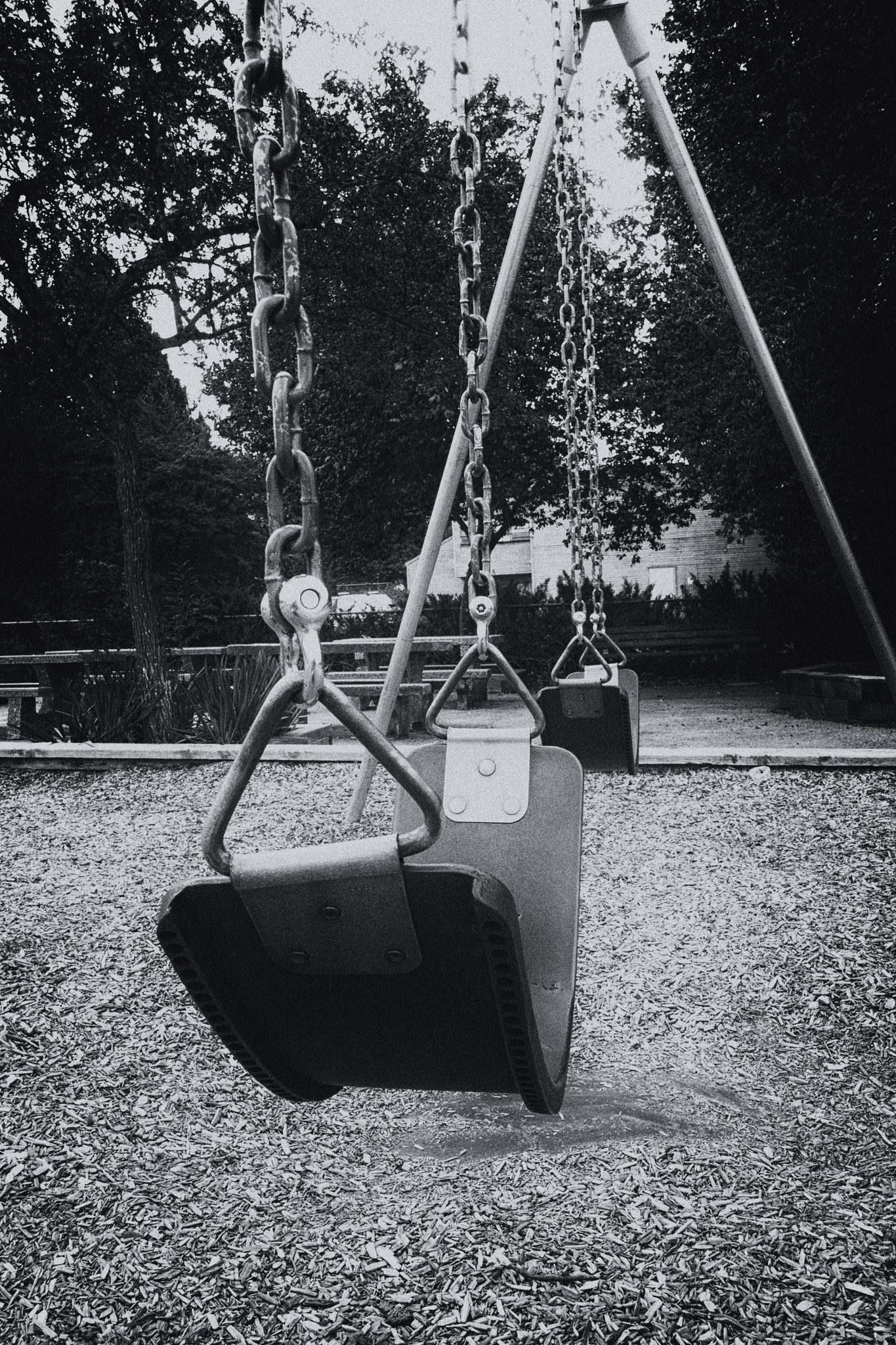Sir Richard McBride Annex’s Code of Conduct, reviewed June 19, 2024, commits to fostering a “safe and inclusive place for all,” aligning with the VSB District Code (AP 350). It affirms the BC Human Rights Code, outlines community-wide expectations, and recognizes that “special considerations may apply to students with special/diverse needs” when they “are unable to comply… due to having a disability/challenge.” Consequences range from redirection to suspension (up to five days) with supports for gradual escalation. Internal restorative practices are implied—with encouragement for student involvement in consequences.
McBride Annex conduct decision flow (as outlined)
- Behaviour observed – All community members expected to model respect, kindness, empathy.
- Assessment – Determine if behaviour aligns with conduct expectations (safe, caring, responsible).
- Mild incident – Redirect, remind community standards, encourage student-led reflection.
- Moderate incident – Document, possibly inform parents, apply logical consequences.
- Severe incident – Document, notify guardians, escalate to district with possible suspension; educational program continues.
- Universal protections – Anti-retaliation; voluntary student participation in planning consequences; age/maturity/disability lens considered. media.vsb.bc.ca
⚠️ Critical analysis
✅ Strengths
- Legal alignment & equity foundation: Explicit reference to Human Rights Code bolsters nondiscrimination.
- Disability accommodations acknowledged: Inclusion of “special considerations” signals intent to individualize.
- Student-centred remediation: Encouraging student participation in developing consequences supports agency and restoration. vsb.bc.ca
- Clear suspension guidelines: Defined escalation up to five days—with district oversight for longer—leads to procedural clarity. bccpac.bc.ca+3media.vsb.bc.ca+3mcbrideannex.files.wordpress.com+3
❌ Gaps
- Disability lens lacks scaffolding: The phrase “special considerations may apply” is passive; policy does not require proactive assessment or documentation of disability-related support before consequences.
- Lack of neurodiversity detail: No mention of sensory regulation, executive function, co-regulation, masking, processing delay, or trauma responses—reducing clarity around when behaviour is need-based.
- Restorative process underspecified: Student participation is named, but no formal restorative steps (mediated dialogues, agreements, follow‑through protocols) are described.
- Collective punishment not prohibited: No explicit protection against class‑wide consequences (e.g., whole-group recess removal).
- Appeal and review mechanisms absent: While escalation is defined, there’s no clear path for parents or students to appeal discipline or request individualized review beyond standard levels.
Neurodiversity lens: focused table
| Dimension | Assessment | Notes |
|---|---|---|
| Disability justice | ⚠️ Partial | Accommodations referenced, but no active identification or implementation process |
| Neurodivergent alignment | ❌ Weak | No mention of processing, regulation, sensory or communication support |
| Scaffolding before discipline | ⚠️ Partial | Encouraged but not mandated or structured |
| Explicit restorative structure | ⚠️ Partial | Participation invited, but no defined protocol |
| Anti‑exclusion safeguards | ⚠️ Weak | Lacks protection against exclusionary tactics beyond suspension thresholds |
| Support for complexity of student needs | ⚠️ Weak | No guidance for co‑regulation, mediation, visual support, etc. |
Overall assessment: ★★☆☆☆
The McBride Annex Code of Conduct resonates with inclusive ideals. It is rooted in legal frameworks, acknowledges diversity, expresses restorative intent, and provides procedural clarity on suspension. Yet these strengths are undermined by passive language around accommodation, the absence of operational safeguards, and a failure to articulate supports that address neurodivergent needs. Without explicit scaffolding, inclusion remains aspirational, not actionable.
Recommendations
- Shift accommodation language to active: require student‑specific needs assessment and documentation by staff prior to disciplinary response.
- Embed neurodiversity-informed practice: include descriptors like sensory regulation, executive function, co-regulation, processing delay, and trauma.
- Define restorative protocols: implement mediated dialogues, reflection agreements, educator/trainers, scheduled follow-ups.
- Prohibit collective punishment: clarify that consequences are individualized and cannot target a group.
- Create appeal and review channels: allow students/families to request reconsideration or support from a designated school/district advocate.
Interpretive note and invitation for feedback
This analysis reflects the perspective of one parent, grounded in lived experience, trauma-informed principles, and a neurodiversity-affirming framework. It is not legal advice. If the school district leadership believes this reading misrepresents the intent or implementation of its Code of Conduct, I welcome clarification—and the opportunity to revise my understanding.
- To educators: These critiques are not intended to shame or condemn. They are written to illuminate the structural patterns that shape how school policies are experienced by disabled students and their families. If you feel your school’s Code of Conduct has been mischaracterised, or if important context or corrections are missing, your insight is welcome. Thoughtful disagreement and collaborative improvement are always invited.
- To families: If you recognise your child—or yourself—in these patterns, or if your experience has been different, I want to hear from you. Whether a policy has caused harm, offered support, or raised questions, your perspective matters. Stories, corrections, and clarifications all help us understand how these codes function in real schools, for real people. Honest dialogue is how we build something better.







